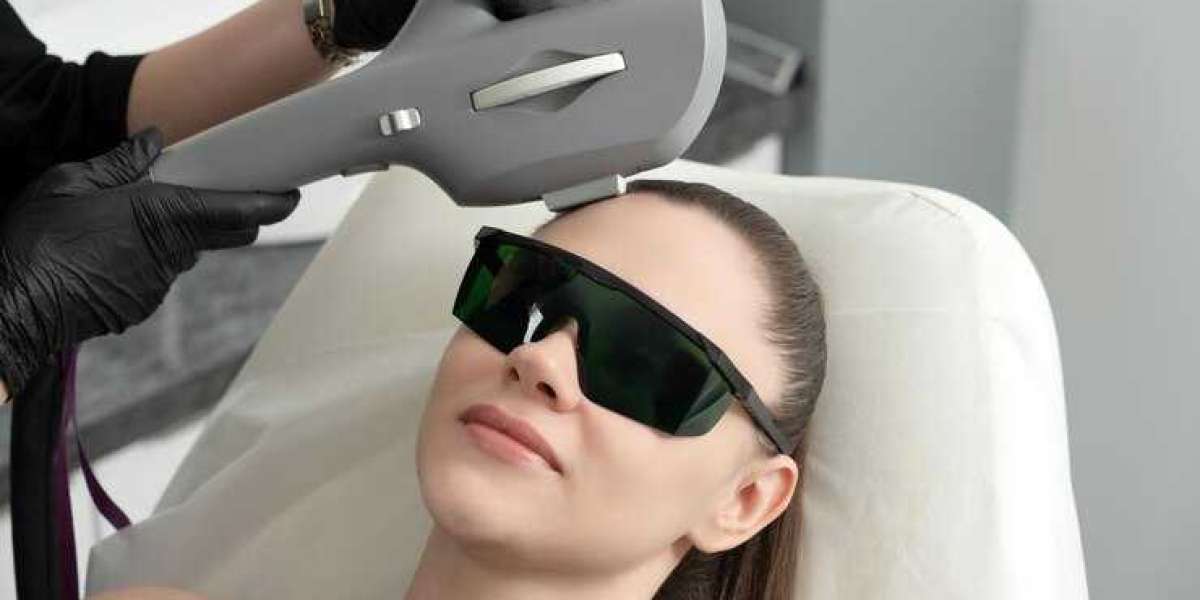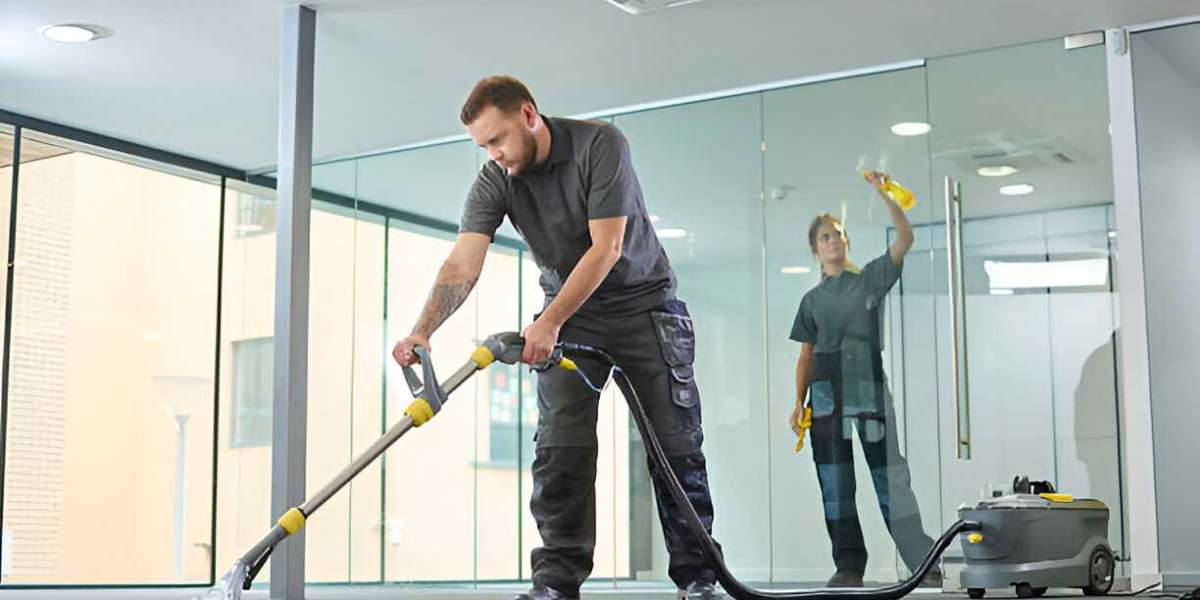The advancements in laser-based 3D printing technology have revolutionized various industries, from manufacturing to healthcare. One area that has seen remarkable improvements is the development of prosthetics and assistive devices. Laser-based 3D printing has significantly enhanced the precision, customizability, and functionality of prosthetics, enabling a more tailored and effective solution for individuals with physical impairments. This blog delves into how laser-based 3D printing is shaping the future of prosthetics and assistive devices.
What is Laser-Based 3D Printing?
Laser ليزر -based 3D printing, also known as selective laser sintering (SLS) or laser melting, is an additive manufacturing process where a laser is used to fuse powdered materials, such as metals, plastics, or ceramics, layer by layer to create a three-dimensional object. The precision of the laser allows for the creation of highly detailed, intricate, and complex structures that would be difficult or impossible to produce using traditional manufacturing methods.
Applications of Laser-Based 3D Printing in Prosthetics and Assistive Devices
1. Customized Prosthetics
One of the most significant benefits of laser-based 3D printing in prosthetics is its ability to create highly customized prosthetic devices. Traditional prosthetics, although functional, often fail to fit the unique anatomy of the user, leading to discomfort or inefficiency. With 3D printing, each prosthetic can be individually tailored to fit the specific measurements and needs of the patient.
Laser-based 3D printing allows for the creation of prosthetic limbs, including arms, legs, and even facial prosthetics, that are not only functional but also more comfortable and aesthetically pleasing. The customization ensures that the prosthetic fits better, improves mobility, and enhances the overall quality of life for the user.
Examples:
- Lower Limb Prosthetics: Laser 3D printing can create socket designs that precisely match the shape of the user’s residual limb, ensuring comfort and stability.
- Upper Limb Prosthetics: Customized prosthetic arms and hands with intricate designs, such as articulating fingers, can be produced for better dexterity and function.
2. Assistive Devices for Daily Living
In addition to prosthetics, laser-based 3D printing is also being used to create assistive devices that help individuals with disabilities lead more independent lives. These devices, which range from modified tools to mobility aids, can be designed to meet specific needs, making them more effective than generic solutions.
Applications include:
- Customized Orthotic Devices: 3D-printed braces or splints that can be molded to the patient’s body for better fit and support.
- Mobility Aids: Laser-based 3D printing is used to produce lightweight, customized wheelchairs, walkers, and canes that improve maneuverability and comfort.
- Adapted Everyday Tools: 3D printing can modify common tools, such as eating utensils or writing instruments, to be more ergonomically suited to an individual’s needs.
3. Surgical Planning and Models
Laser-based 3D printing allows healthcare professionals to create detailed models of a patient’s anatomy before surgery. These models, which are based on CT scans or MRIs, provide surgeons with a better understanding of the patient’s body and allow for more precise surgical planning.
In the context of prosthetics, this means that 3D-printed models of bones or joints can be used to design prosthetics or assistive devices that fit the patient’s body more accurately.
Benefits:
- Enhanced Precision: Surgeons can practice complex procedures on 3D-printed anatomical models, improving the accuracy of surgeries.
- Improved Outcomes: Custom prosthetics that are designed based on highly accurate models result in better functionality and fewer complications after surgery.
Advantages of Laser-Based 3D Printing in Prosthetics and Assistive Devices
1. Customization and Personalization
Laser-based 3D printing allows for a high degree of customization in both prosthetics and assistive devices. With traditional manufacturing, mass production often leads to devices that are not perfectly suited to the individual’s needs. However, with 3D printing, the design can be tailored to each patient’s exact specifications, ensuring a better fit, increased comfort, and more functionality.
2. Reduced Production Time and Costs
The traditional process of creating prosthetics involves multiple stages, including casting, molding, and fitting, all of which can be time-consuming and expensive. Laser-based 3D printing streamlines this process by creating prosthetics in a single step. The reduced production time not only cuts costs but also allows for faster delivery of prosthetics, which is especially important for patients in need of urgent solutions.
3. Complex Designs and Functionality
Laser-based 3D printing can create intricate and complex designs that would be difficult or impossible to achieve through traditional methods. This is particularly useful for producing prosthetics with specialized functions, such as prosthetic hands with articulated fingers or customized joints for enhanced movement. Laser printing also allows for the inclusion of lightweight structures, improving mobility without sacrificing strength or durability.
4. Material Flexibility
Another significant advantage of laser-based 3D printing is the wide variety of materials that can be used, including metals, plastics, ceramics, and even biocompatible materials. This flexibility enables the creation of prosthetics that are lightweight yet durable, with the potential to incorporate features such as built-in sensors or actuators for enhanced functionality.
Challenges and Limitations
While laser-based 3D printing holds tremendous potential for prosthetics and assistive devices, it is not without its challenges. Some of the key obstacles include:
1. Material Limitations
Despite the wide range of materials available for 3D printing, not all materials are suitable for use in medical devices. The materials used in prosthetics must meet stringent regulatory standards for safety, biocompatibility, and durability. While there have been advancements in material science, there is still work to be done to ensure that all laser-based 3D-printed prosthetics meet these requirements.
2. Cost and Accessibility
Although laser-based 3D printing can reduce production costs over time, the initial investment required for 3D printing equipment can be prohibitively expensive for some healthcare providers, particularly in developing regions. Additionally, the cost of high-quality, customized prosthetics can still be higher than traditional alternatives, making it less accessible for some patients.
3. Technology Adoption and Training
Adopting laser-based 3D printing technology requires healthcare professionals to undergo extensive training to ensure proper use. This technology is still relatively new in the medical field, and widespread implementation requires overcoming technical, regulatory, and educational barriers.
The Future of Laser-Based 3D Printing in Prosthetics and Assistive Devices
As laser-based 3D printing technology continues to advance, the future holds great promise for prosthetics and assistive devices. Researchers are exploring new materials, including bio-inks and biocompatible polymers, which will enhance the customization and functionality of 3D-printed prosthetics. Moreover, as the technology becomes more accessible and cost-effective, more individuals will benefit from personalized prosthetic devices and assistive tools, improving their quality of life.
Conclusion
Laser-based 3D printing is transforming the world of prosthetics and assistive devices. By enabling the creation of highly customized, functional, and cost-effective solutions, this technology is providing people with disabilities new opportunities for independence and mobility. As advancements continue, laser-based 3D printing will play a pivotal role in the development of innovative medical devices that are tailored to the individual needs of patients, making a significant impact on healthcare and improving lives globally.














